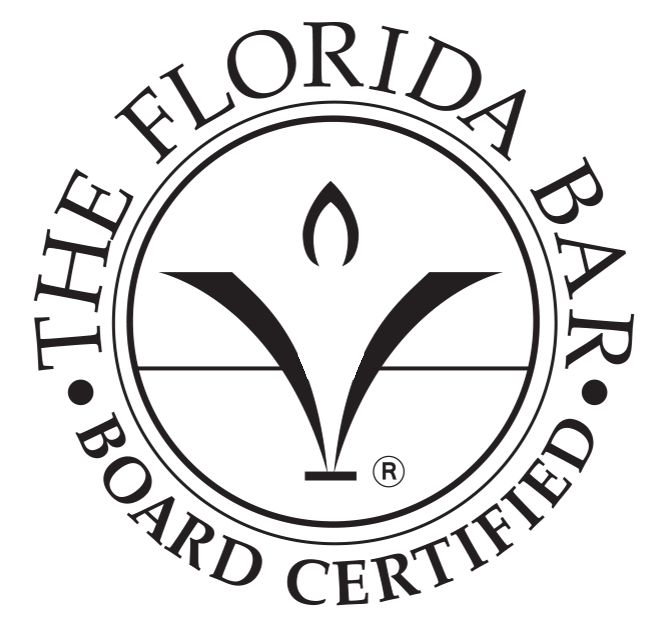As Per Study, Bikes-Only Lanes Result In Fewer Injuries
Cyclists who use bikes-only lanes separated from traffic suffer fewer injuries than those who ride along with vehicle, a new study finds.
This study conducted in Montreal compared bicyclist injury rates on cycle tracks versus in the street. Researchers discovered there was a 28 percent lower injury rate using the cycle tracks compared with bicycling on the road. Researchers studied six cycle tracks in Montreal that are two-way on one side of the street. Each cycle track was compared with one or two reference streets without bicycle facilities that were considered alternative bicycling routes.
According to the National Highway Traffic Safety Administration, about 51,000 American cyclists suffered injuries as a result of encounters with motor vehicles in 2009, with such accidents accounting for two percent of all traffic fatalities in the United States.
Although designated bike lanes kept wholly separate from the road are a common feature in many other countries, they remain rare in the United States. In the U.S, bike lanes typically consist of a painted stripe on the pavement delineating cyclists’ portion of the road.
In contrast, the Netherlands — a country with just under 17 million residents — is home to about 18,000 miles of separate cycle tracks, the researchers noted. By comparison, across the entire U.S. only about 20 miles of similar bike-only tracks are currently in place, mainly in centers such as New York City, Portland, Ore., and Seattle.
According to the study, cycle track construction has been hampered in America engineering guidance in the American Association of State Highway and Transportation Officials (AASHTO) “Guide for the development of bicycle facilities,” which cautions against building two-way paths along, but physically separated from, a parallel road. AASHTO states that sidewalk bikeways are unsafe and implies the same about shared-use paths parallel to roads, listing numerous safety concerns and permitting their use only in special situations.
Cycle tracks, which can be one or two-way and resemble shared-use paths, are not mentioned in the AASHTO bike guide. A long-standing, and yet not rigorously proved, philosophy in the USA has suggested instead that “bicyclists fare best when they behave as, and are treated as, operators of vehicles.”
Public health and bicycling advocates in the USA have faced a dichotomy, researchers note, believing from surveys and European experience that cycle tracks encourage more bicycling, yet being warned that they lead to higher crash and injury rates. “Our results suggest that cycle tracks lessen, or at least do not increase, crash and injury rates compared with the street,” the authors say.”The construction of cycle tracks should not be discouraged.”
For more on traffic safety, see the library of articles by Daytona Beach car accident attorney.







